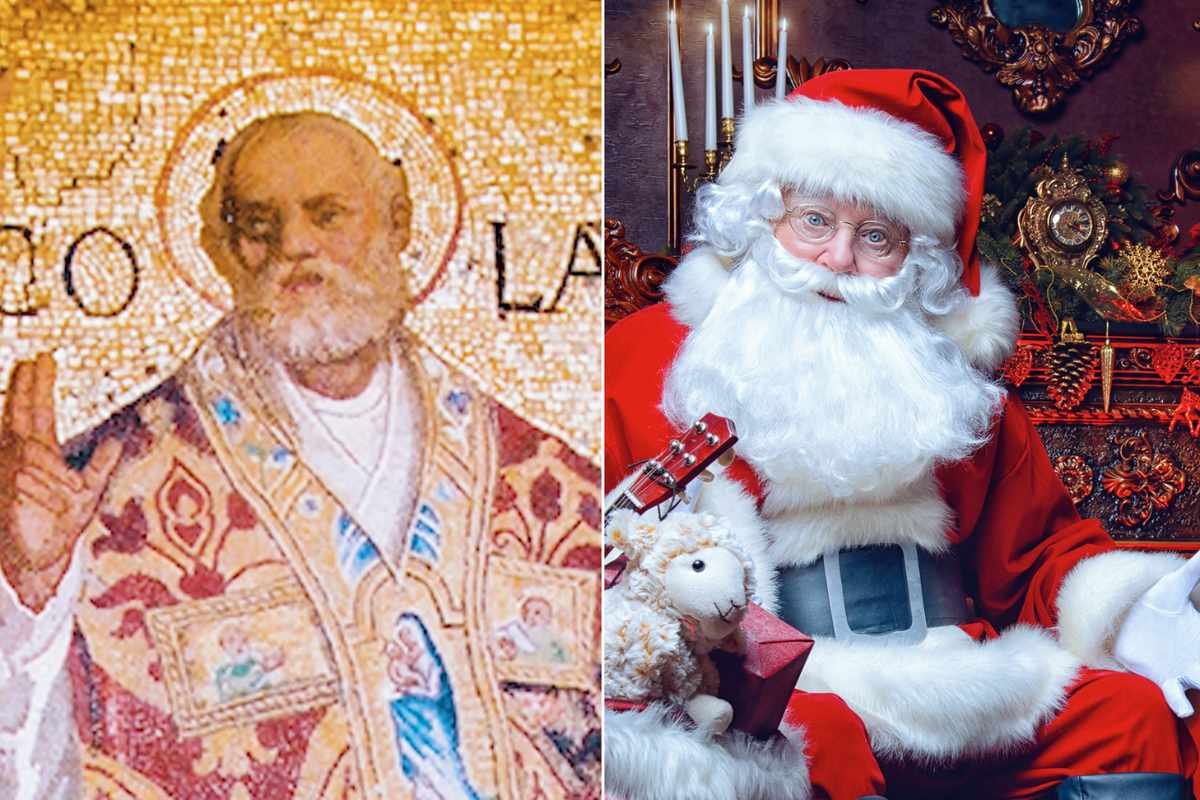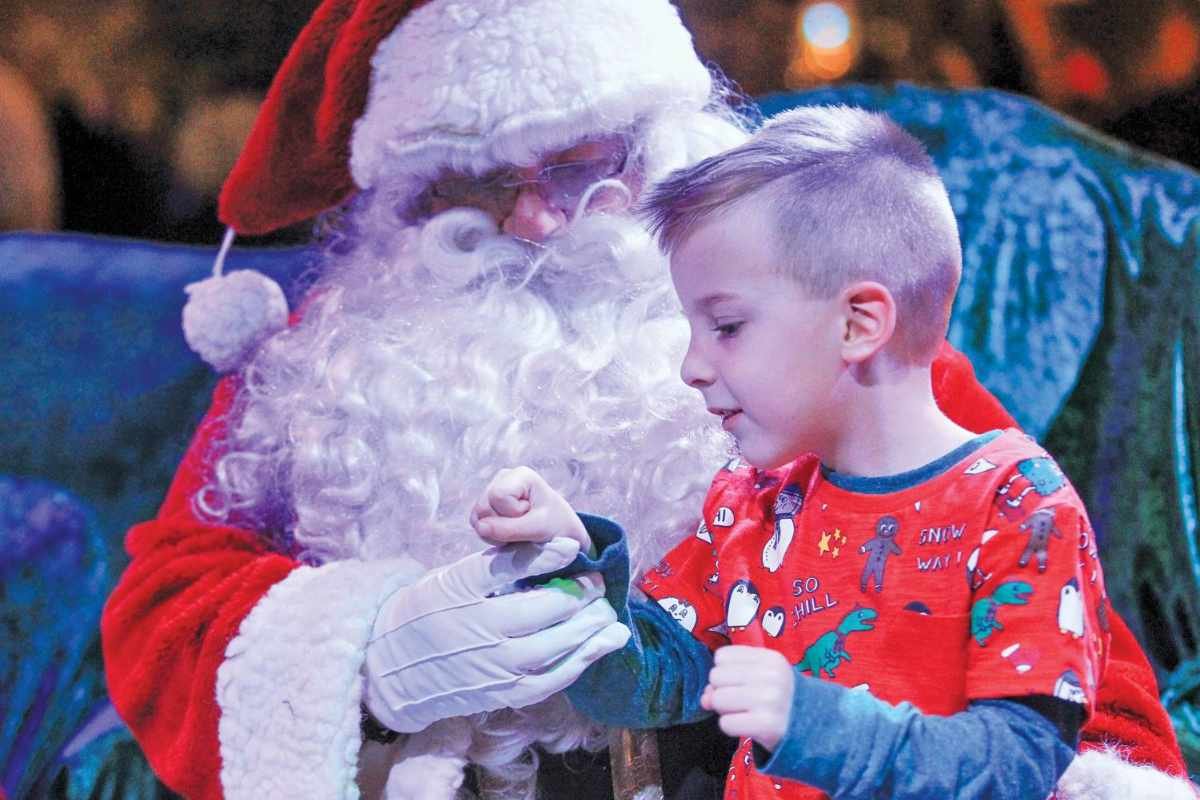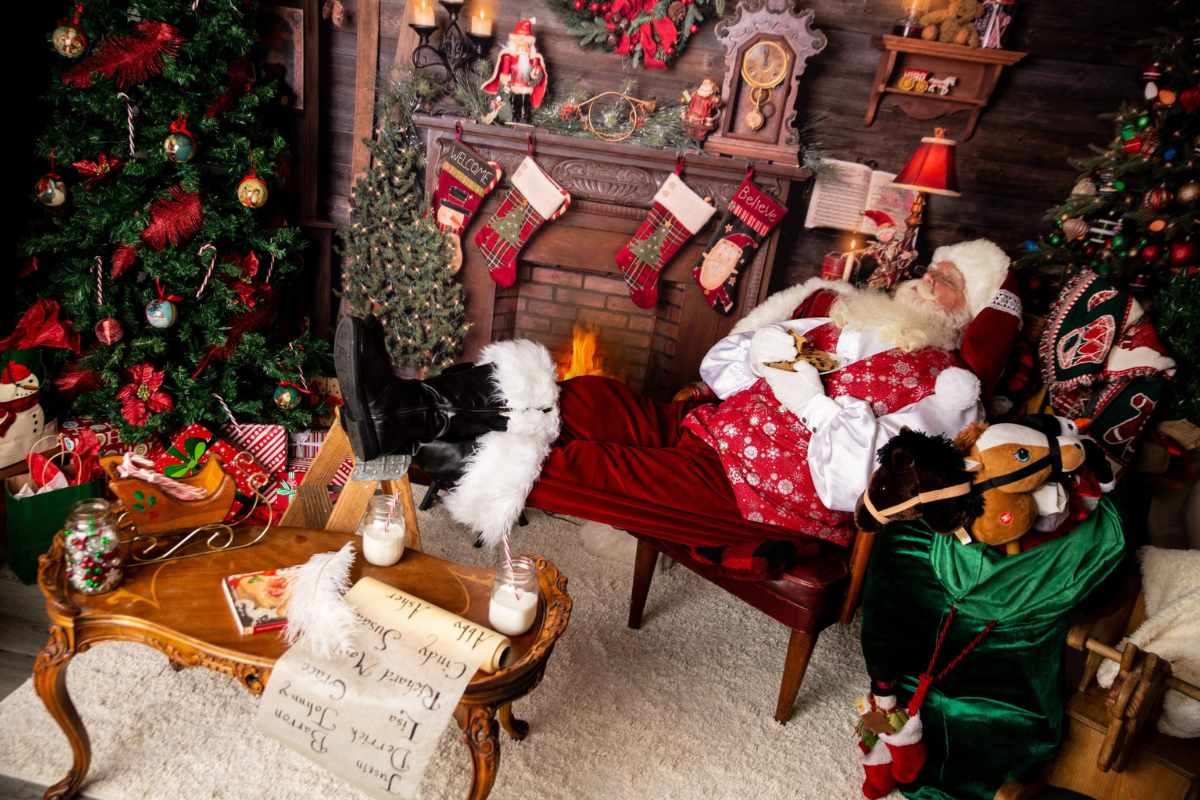When I was a kid, Christmas felt magical. I’d leave cookies and milk out for Santa, excited to wake up to gifts under the tree. Back then, I thought of him as a kind old man who spread joy to everyone. But as I got older, I started to wonder where the idea of Santa Claus came from.
What I discovered was surprising—and honestly, a little unsettling. Santa’s story isn’t all happiness and cheer. The dark history of Santa Claus includes strange traditions, scary characters, and even connections to ancient beliefs. It made me realize there’s a lot more to Santa than the version we know today.
Where Santa Claus Began
The legend of Santa Claus finds its historical background in Saint Nicholas, a Bishop of Myra who lived during the fourth century in the country now known as Turkey. Saint Nicholas was well known for being very altruistic, especially to children and to the less privileged people around him. As a result, legends of his benevolence transformed him into a saint of charitable works and giving.
However, as the legend of Saint Nicholas evolved and spread across Europe, it managed to acquire various forms in different countries. Certain societies incorporated their own folktales into his image, which is where it became rather unsettling. No longer was this character just an innocent bearer of gifts; instead, bizarre characters and unusual customs began to creep into the depiction of good old Saint Nicholas, thus coming to the darker side of Santa Claus.
Santa’s Frightening Sidekicks
One of the most interesting aspects of Santa is the fact that throughout his adventures he had numerous companions, some of whom were rather unpleasant. In some cultures, the very presence of these characters seeks to make the story of Santa less wholesome so to speak, creating a counterbalance instead.
Let’s take the example of Krampus. In the mythology of the regions surrounding the Alps, this is a scary and horned figure whose job is to discipline the bad children. He carries a number of chains and sticks and sometimes a bag which is used to haul away naughty children. While the jolly old Santa hands out presents to the well-behaved kids, there is the Krampus, who simply cannot allow any bad deeds to go unpunished.
Alpine culture has also produced Belsnickel, which is a harsher version of Santa Claus. Wearing tattered clothes or animal furs, Belsnickel comes to the house of the children a few days before Christmas and inquirers about their behaviour. He brings a switch in order to frighten bad children, and gives candy to good ones. These characters, however, also serve to remind that the early Christmas celebrations had their own share of darkness too.
The Pagan Roots of Santa

Long before Saint Nicholas became Santa Claus, winter festivals celebrated gods and spirits tied to the season. Some of these ancient beliefs shaped the Santa we know today.
In Norse mythology, the god Odin played a significant role in midwinter celebrations. During the Yule festival, Odin was believed to lead a ghostly hunting party through the skies. Children would leave food for Odin’s eight-legged horse, Sleipnir, hoping for gifts in return. This tradition may have influenced the modern idea of leaving cookies and milk out for Santa Claus.
The blending of pagan customs with Christian traditions created a figure that combined lighthearted cheer with darker, mysterious elements. This mix of influences is a big part of the dark history of Santa Claus.
The Shift to a Cheerful Santa
A merry figure like Father Christmas was not fully appreciated until the 19th and 20th centuries. Many authors and painters, as well as the owners of successful businesses, contributed to the evolution of the jolly old fellow into a more domestic figure.
In his poem entitled “A Visit From St. Nicholas,” Clement Clarke Moore, published in 1823, pictured a jolly Santa Claus as a well-fed man with a sleigh full of toys. Subsequently, the image of Santa Claus as a red-suited happy man was popularized in illustrations by Thomas Nast. This portrayal of Santa Claus could not only help raise the spirits during the festive season but two saw the potential of such a person in the nation of consumers, united by the festive season—America.
Nevertheless, the new image of Santa came with an advantage to the consumer, and was one aspect of the dark history of Santa Claus. As a dominant ideology, the commercialized image of Santa Claus completely overshadowed the sinister and dismal tales of Santa and his inordinate characters originating from associations with paganism.
Santa as a Moral Enforcer

Even the modern Santa still carries echoes of his past. The idea of a “naughty or nice” list is a softer version of the morality tales that surrounded him in earlier centuries. Instead of terrifying punishments like those dished out by Krampus or Belsnickel, today’s Santa uses the promise of gifts to encourage good behavior.
In the past, though, the consequences for misbehaving were far harsher. Stories from older traditions were designed to instill fear, not just hope for presents. These tales remind us that Santa wasn’t always the gentle figure we celebrate now.
Why the Dark History of Santa Claus Matters
So why does it matter that Santa’s story has a darker side? It’s because understanding his full history gives us a deeper appreciation for how traditions evolve. The Santa we know today didn’t just appear out of nowhere—he’s the result of centuries of storytelling, blending light and dark, joy and fear.
Learning about the dark history of Santa Claus also highlights how different cultures shaped him over time. From the fearsome Krampus to the generous Saint Nicholas, each version of Santa reflects the values and beliefs of the people who celebrated him.
A Story Worth Remembering

Today, Santa Claus is a symbol of joy and giving, but his past is a reminder that even the happiest traditions have complicated beginnings. By exploring the dark history of Santa Claus, we can see how his story has changed and adapted to fit different times and places.
Whether you prefer the cheerful Santa of modern times or are intrigued by his eerie origins, there’s no denying that his story is full of surprises. It’s a tale of kindness, fear, and transformation—one that continues to inspire and evolve every holiday season.






